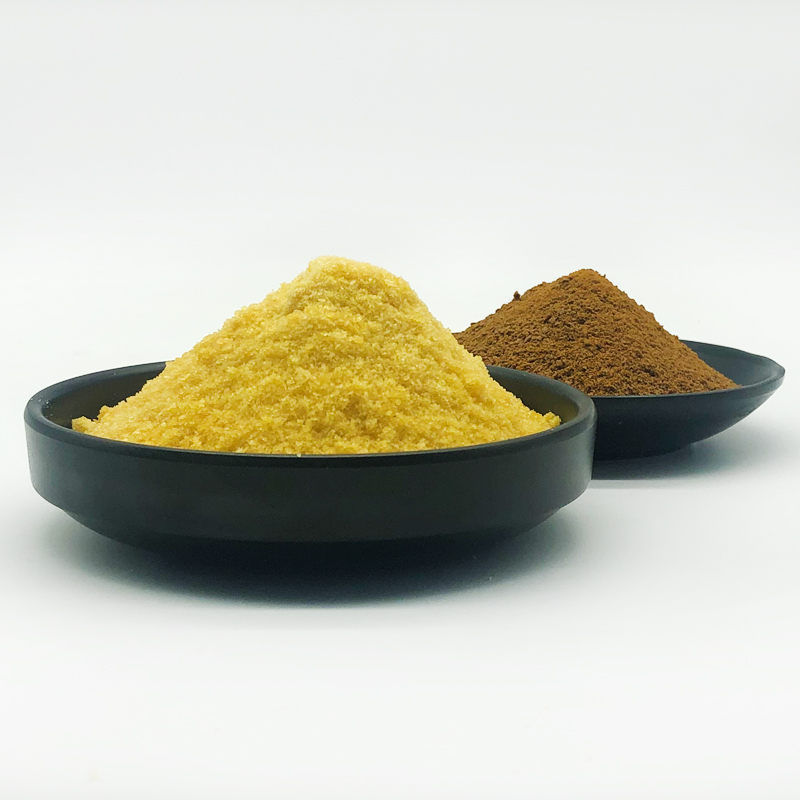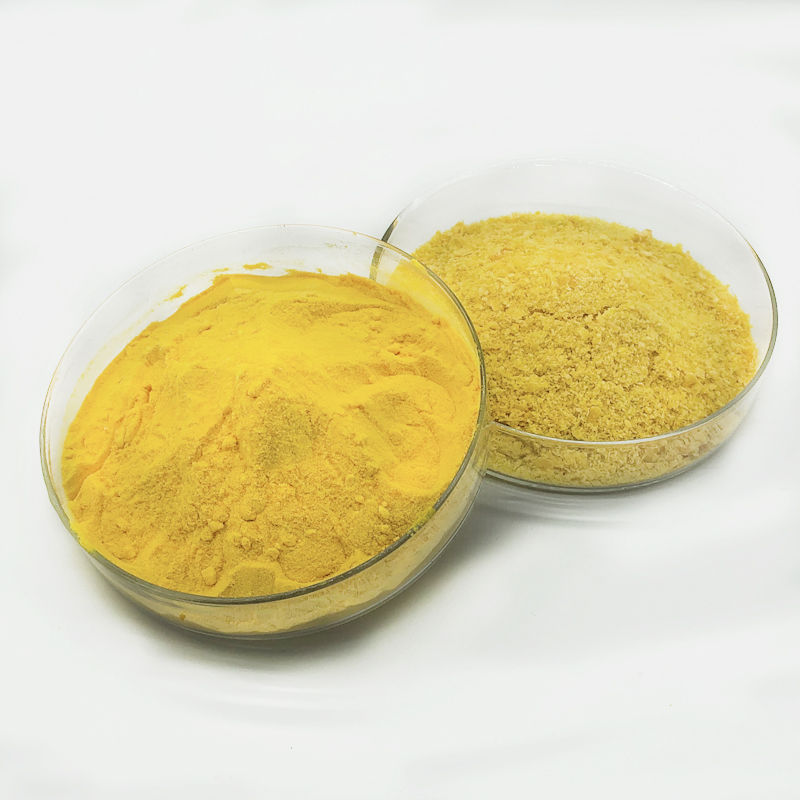E-mail: admin@saifutd.com Tel: 86-13598853789
E-mail: admin@saifutd.com Tel: 86-13598853789
news
Water treatment agent: Polyaluminum chloride (PAC)
1. Name:Polyaluminum chloride, abbreviated as PAC, also known as basic aluminum chloride or aluminum hydroxychloride
2. Mechanism of action: through it or its hydrolysate, the colloid in sewage or sludge can quickly form a precipitate, which is convenient for separating large particles of sediment.
3. Molecular formula: [AL2(OH)Ncl6-n]m, where n is any integer from 1-5, m is the degree of polymerization, that is, the number of links, and the value of m is not greater than 10.
4. Factors affecting the coagulation effect of PAC: the ratio of OH and AL (n value) is closely related, usually expressed by alkalinity, alkalinity B=[OH]/(3[AL])*100 %.
B requires 40~60%, suitable PH range 5-9
5. Color of polyaluminum chloride: generally have three colors of white, yellow and tan.
6. The polyaluminum chloride with alumina content between 27-30 in the national standard range is mostly solid yellowish yellow to yellowish powder.
7. Mechanism: These types of polyaluminum chloride have better water solubility, and in the process of dissolution, accompanied by physical and chemical changes such as electrochemistry, aggregation, adsorption and precipitation, they will eventually generate [AL2(OH)3(OH)3]∝↓, So as to achieve purification purposes.
8. Advantages: When using polyaluminum chloride, there is no need to add other coagulants, the flocs are formed quickly and coarsely, with high activity, fast precipitation, and obvious purification effect on high turbidity water.
 |  |

Our company successfully completed the shipment of an urgent order for polyacrylamide.Shipping Date: August 25, 2025Recently, a batch of polyacrylamide (PAM) products of a specified model completed final inspection at our finished goods warehouse and was loaded onto a truck for shipment to a well-kn

Recently, our company reached a long-term cooperation agreement with an Indonesian environmental protection company, exporting a full container of polyaluminum chloride and polyacrylamide to them.Photo of the cargo being loaded at the port.After several rounds of discussions with the customer, we re